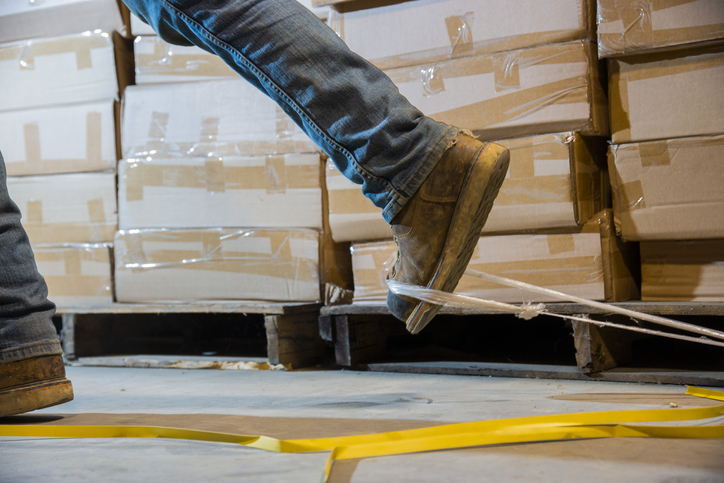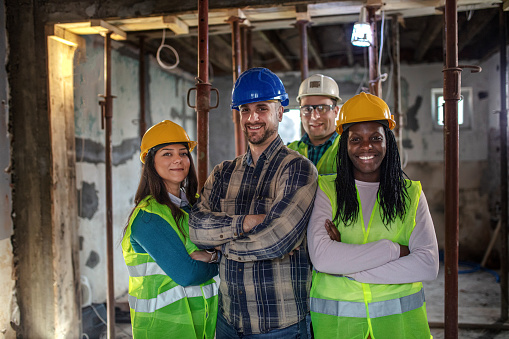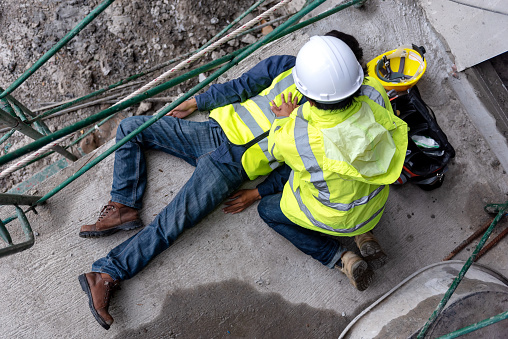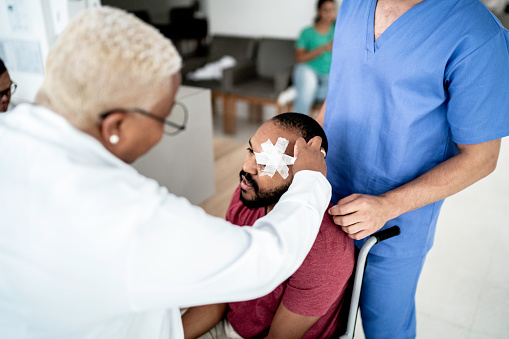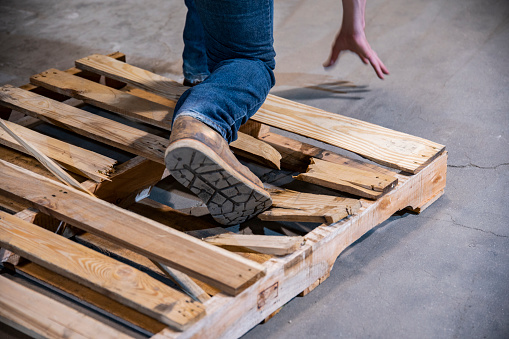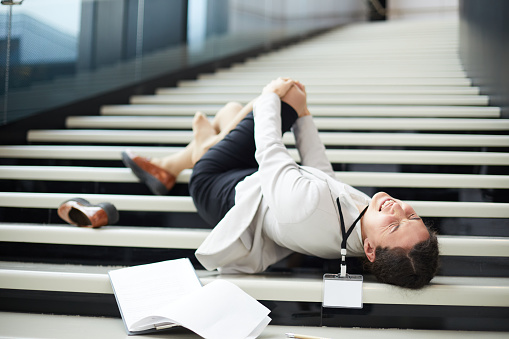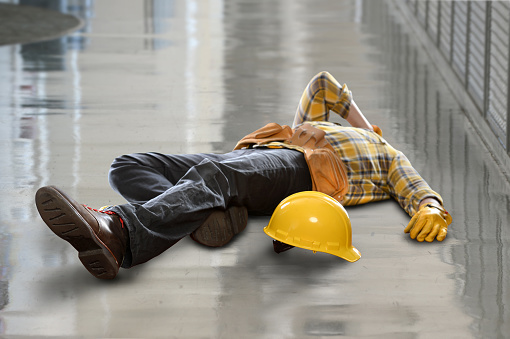Conveyor Belt Systems Pose a Big Risk to Workers
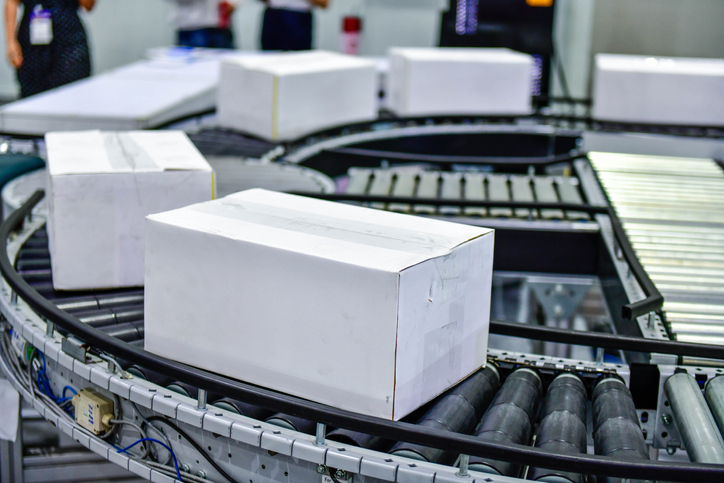
Conveyor belt accidents in warehouses, factories, and other workplaces often result in serious injuries, according to workplace accident statistics compiled by the U.S. Bureau of Labor Statistics (BLS).
In many cases, injured workers can receive workers’ compensation benefits to pay for their injury-related expenses. But actually getting the money injured workers rightfully deserve can sometimes be more challenging than many people might realize.
How common are conveyor belt accidents?
Workplace accidents caused by conveyor belts cause an estimated 9,000 injuries and 40 to 50 workplace deaths every year, according to BLS statistics. That’s more than one conveyor belt accident every hour of every day. This is why it’s critical that companies take steps to prevent serious or potentially fatal conveyor belt accidents in the workplace.
What are common conveyor belt injuries?
Because conveyor belts are powerful pieces of equipment, they often cause very serious workplace injuries. Some of the most common – and most serious – conveyor belt injuries include:
- Bone fractures or broken bones, especially in the hands or arms, which can easily be crushed in a conveyor belt.
- Head injuries, including concussions and other types of traumatic brain injuries (TBIs) caused by objects falling off a conveyor belt.
- Amputation injuries, including the loss of an arm or another body part trapped in a conveyor belt.
- Abrasion injuries to the skin caused by conveyor belts.
Did you sustain another type of conveyor belt injury? Whatever type of injury you’re dealing with, make sure you get immediate medical care. Then, talk to a workers’ compensation lawyer right away to learn more about your legal rights and options.
How do conveyor belt accidents happen?
Often, conveyor belt accidents have one thing in common – the injured worker’s employer didn’t take the necessary steps to prevent such an accident. Examples of such reckless or negligent behavior can include:
- The company failed to regularly inspect the conveyor belt system to make sure the machine was safely operating.
- The employer did not provide training to workers, teaching them how to safely operate a conveyor belt.
- The company did not properly maintain the conveyor belt, resulting in a malfunction that caused the accident.
- The conveyor belt was overloaded, resulting in boxes and other objects on the conveyor belt falling off and hitting a worker.
These are just some of the reasons why conveyor belt accidents happen. And in each case, injured workers need to make sure such accidents are investigated and their rights are respected. That’s why employees need an experienced workers’ compensation attorney on their side.
Get the compensation you deserve for your conveyor belt accident
When you have an attorney handling your workers’ compensation claim, you can make sure your conveyor belt accident receives the attention it rightfully deserves. Even if an inspector from the Occupational Safety and Health Administration (OSHA) is already investigating your accident, your lawyer can make sure you receive the financial compensation you need to get your life back on track.
At the Law Offices of Deborah G. Kohl, we know how to handle complex legal cases. That’s because we have years of experience fighting for injured workers in Rhode Island and Massachusetts. When you have our legal team handling your case, you can focus on what matters most – your recovery. We’ll handle everything else.
Discover what we can do for you. Contact us today to schedule a free case evaluation with a workers’ compensation lawyer you can count on when it matters most. We have three offices located in Rhode Island and Massachusetts and handle workers’ compensation claims in both states.

